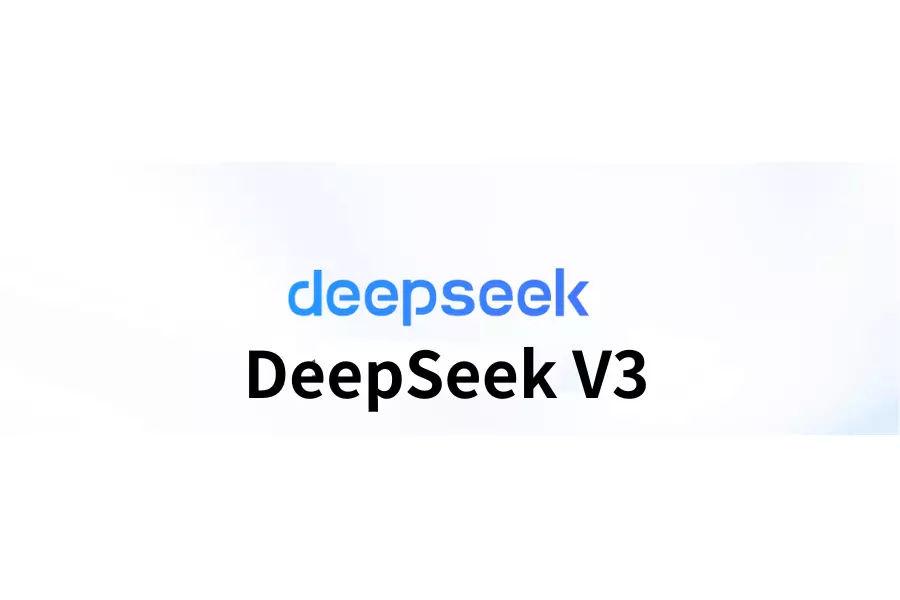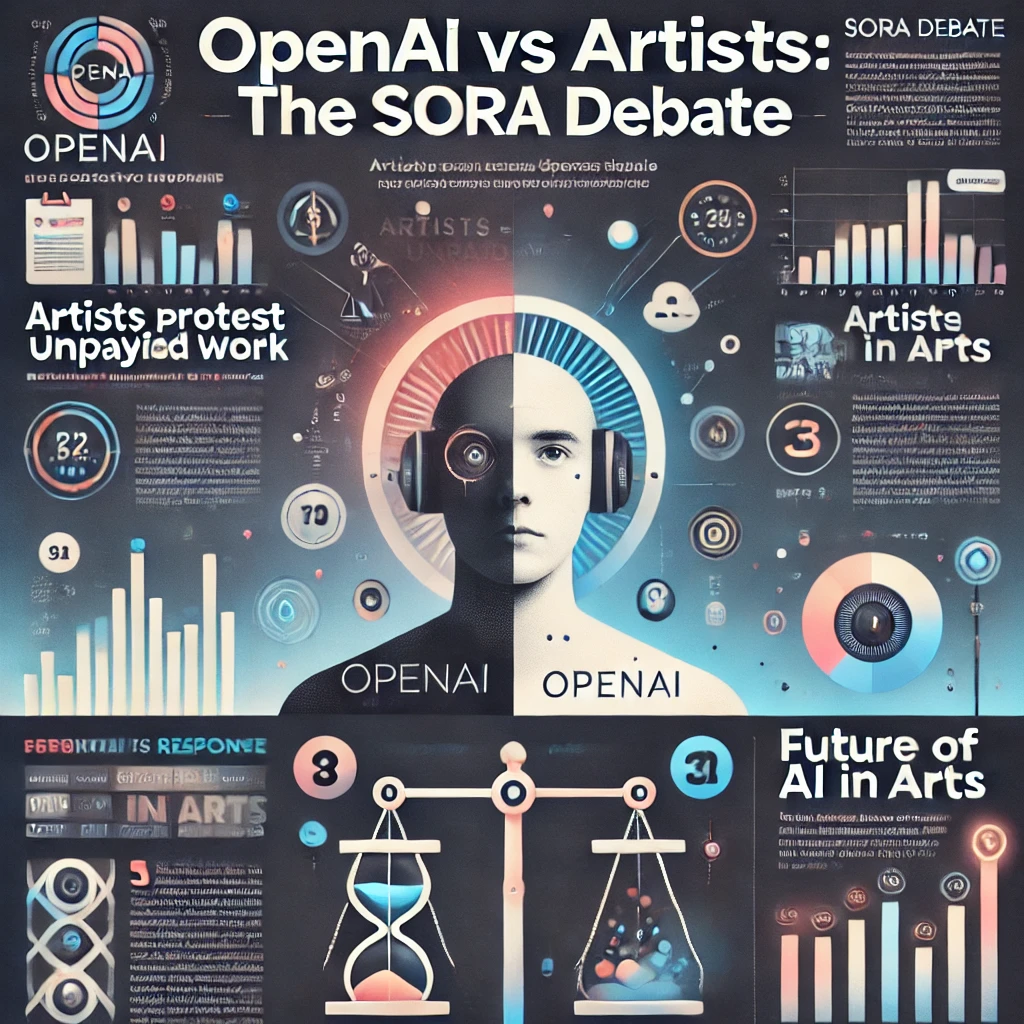Summary
Microsoft’s latest Azure AI platform updates offer enterprises more options for customizing and scaling AI applications. This article delves into the fine-tuning capabilities of the Phi-3 model, new generative AI models, and other significant advancements in Azure AI, helping developers quickly create tailored AI solutions.
Phi-3 Model Fine-Tuning: Tailored for Cloud and Edge Scenarios
Introduced in April this year, Microsoft’s Phi-3 model family is currently the most cost-effective small language model (SLM). Developers can now fine-tune Phi-3-mini and Phi-3-medium using their own data, creating AI experiences that better meet user needs.
Advantages of the Phi-3 Model
- Small computational footprint
- Cloud and edge compatibility
- Suitable for various scenarios, such as tutoring and Q&A systems
Real-World Use Cases
Microsoft collaborated with Khan Academy to improve math tutoring effectiveness using the Phi-3 model. Initial data shows that the fine-tuned Phi-3 model outperforms most leading generative AI models in correcting students’ math errors.
For more information on the Phi-3 model, visit the Azure AI official website.
Expansion of Azure AI Model Catalog: Over 1600 Models Available
Azure AI is committed to offering customers the most comprehensive and cutting-edge model selection. The Azure AI model catalog now features over 1600 models from various renowned providers.
Newly Added Models
- OpenAI’s GPT-4o mini
- Meta’s Llama 3.1 405B
- Mistral Large 2
Cohere Rerank Model Now Available on Azure
The Cohere Rerank model is now available on Azure, providing enterprises with advanced semantic search technology. This integration allows users to leverage Azure’s flexibility and scalability in conjunction with Cohere’s high-performance language model to deliver superior search results.
Secure and Responsible AI Innovation
Microsoft places responsible AI development at the core of its philosophy, offering a range of features to help organizations measure, mitigate, and manage AI risks.
Key Security Features
- Azure AI Assessment: Iteratively assess the quality and safety of models and applications using built-in and custom metrics
- Azure AI Content Safety: Includes prompt shield and protected material detection
- HiddenLayer Model Scanner: Scans third-party and open models for potential threats
For more information on Azure AI security features, visit the Azure AI Security Center.
Conclusion
These updates to the Azure AI platform provide enterprises with more options and flexibility, enabling them to build, deploy, and scale AI solutions securely and confidently. As AI technology continues to evolve, we look forward to seeing more innovative applications emerge.
Ready to start building your AI applications with the Azure AI platform? Visit Azure AI Studio to begin your AI journey!










